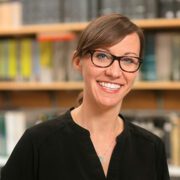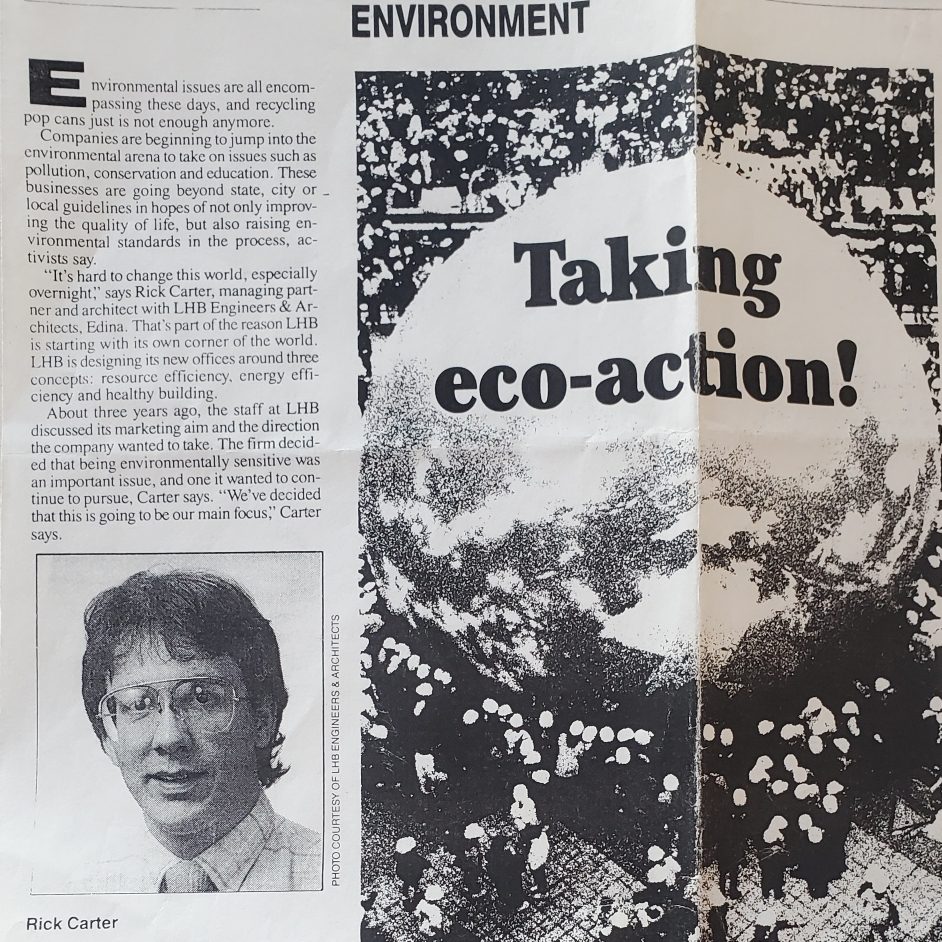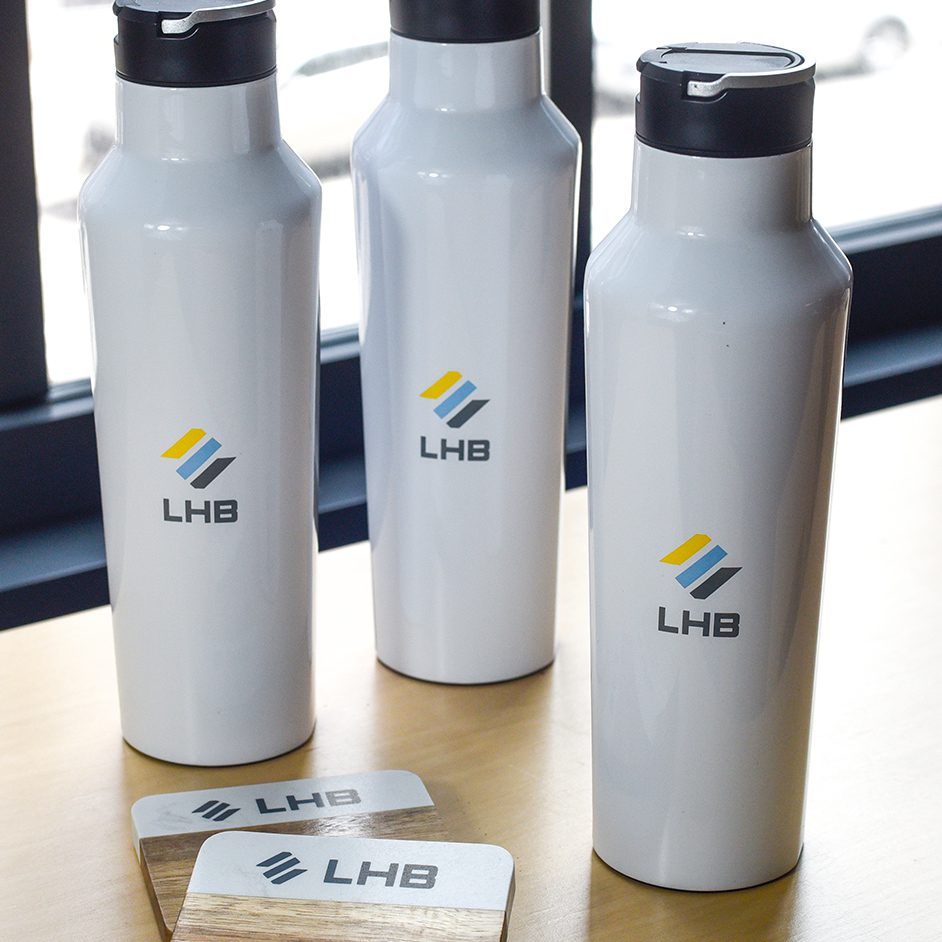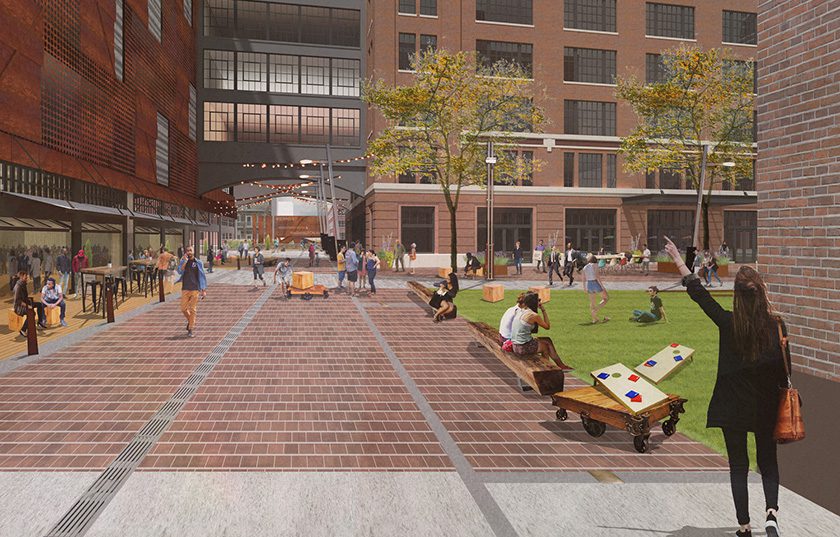
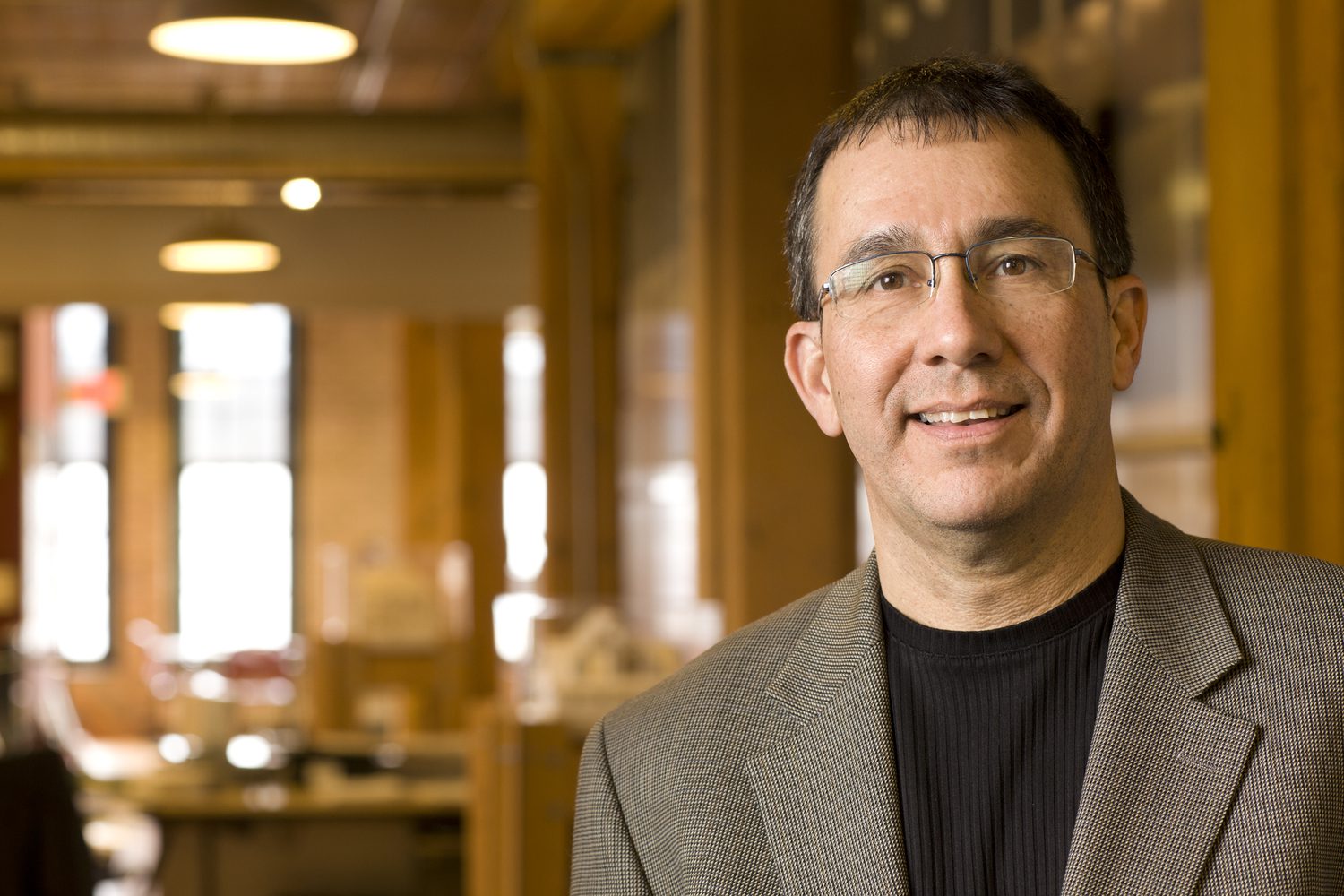
Rick Carter was interviewed for the podcast “Green Building Matters” produced by Green Building Education Services (GBES) in October of 2018. The full interview is available here. “Green Building Matters” focuses on interviewing industry leaders and experts in LEED and WELL certification with an emphasis on “’green movement’ standards.”
In the interview, Rick recounts LHB’s early adoption of sustainability and the process of building a green team back in the early ‘90s, years before sustainability was at the forefront of design. He observes how even though they didn’t know exactly what green/sustainable design meant at the time, they knew it should be the goal and were okay working with the unknowns as long as it moved them closer to this evolving goal.
Rick goes on to detail the ways in which LHB is currently pushing sustainability, including our early exploration of both Living Building Challenge and SITES, being early adopters of LEED, and working on the first registered WELL building project in Minnesota (which also features operable windows!) They also discuss Rick’s proudest professional achievements, including the Regional Indicators Initiative (RII).
The interview includes a discussion on where green building is shifting and how Thrive is the system we’re trying to build as our internal guiding light, helping us set long-term sustainability goals. Rick describes this system as an X-axis of key performance indicators (climate, wellness, water, resources, ecology, prosperity, community) and a Y-axis that looks like the following:

Rick explains that our focus is moving further right on this Y-axis and figuring out a way to get to regenerative in all of the categories. He describes how we can use Thrive in two ways: evaluating the performance of a project we’ve completed or using it as tool to have a conversation with clients and users on goal setting for current projects.
In closing, Rick shares the LHB Integrative Design Team’s vision for the future: that our portfolio will be regenerative by the year 2030. He notes how, just like in the ‘90s with sustainable design, we don’t know exactly what this means, but now, as then, we’re continuing to work with the unknown as we move towards this new evolving goal.
